Home>Dining>Events & Etiquette>In Proper Table Etiquette, Which Hand Do You Eat With?
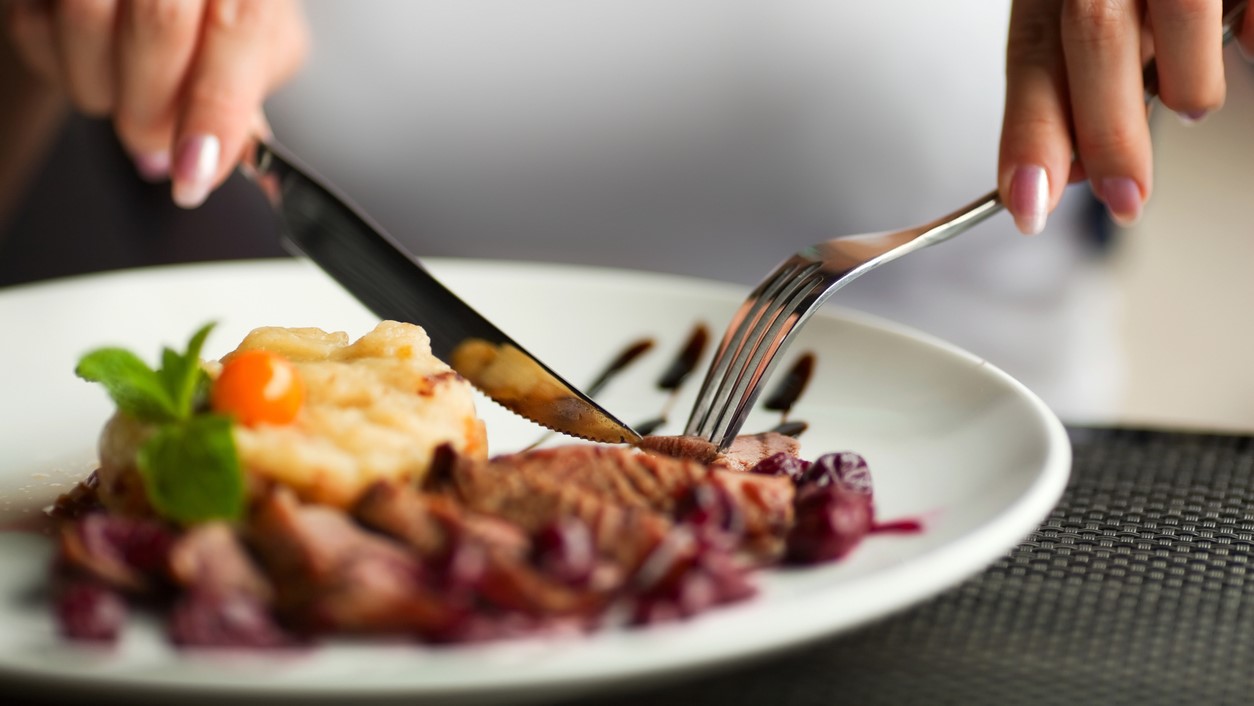

Events & Etiquette
In Proper Table Etiquette, Which Hand Do You Eat With?
Modified: January 4, 2024
Learn proper table etiquette and discover which hand to use while eating in different events. Use proper events-etiquette and make a lasting impression.
(Many of the links in this article redirect to a specific reviewed product. Your purchase of these products through affiliate links helps to generate commission for Storables.com, at no extra cost. Learn more)
Introduction
In this modern age of casual dining and relaxed social norms, it’s easy to overlook the importance of proper table etiquette. However, having a good understanding of table manners is not only a sign of respect and refinement, but it also helps to create a pleasant and harmonious dining experience with others.
One aspect of table etiquette that often confuses people is the question of which hand to use while eating. While it may seem like a trivial matter, the choice of which hand to eat with has deep cultural and historical roots, and it can vary depending on the traditions of different regions and societies.
In this article, we will explore the historical perspective on table etiquette, understand the importance of correct hand usage, delve into the traditional rules of hand usage while eating, examine regional variations in hand usage, and consider the modern perspective on proper hand usage. Additionally, we will provide practical tips to ensure you can navigate any dining situation with confidence and grace.
So, whether you’re attending a formal dinner party, a business luncheon, or even just having a meal with friends and family, understanding the nuances of proper hand usage at the table will help you navigate these situations with ease and leave a lasting positive impression.
Key Takeaways:
- Proper hand usage at the dining table reflects respect, cleanliness, and cultural understanding. Adhering to traditional rules while being adaptable and mindful of individual preferences fosters a harmonious dining experience.
- Observing and adapting to cultural practices, using utensils in formal settings, and practicing good hand hygiene are essential for navigating diverse dining situations with grace and respect.
Read more: Table Etiquette: What To Do When Done Eating
Historical Perspective on Table Etiquette
Table etiquette has existed for centuries, with its roots firmly planted in ancient civilizations. The practice of following certain rules and manners while dining can be traced back to ancient Egypt and Rome.
In ancient Egypt, for example, table manners held great significance. It was believed that a well-set table and impeccable dining etiquette were not only a reflection of an individual’s social status but also a way to honor the gods. People would dine in a reclining position, using their right hand to eat while the left hand remained idle.
In ancient Rome, mealtime was considered a social event and an opportunity for engaging in intellectual discussions. The concept of “convivium,” or a social gathering, revolved around elaborate feasts where strict table manners were observed. Romans would eat with their fingers but with notable rules: the left hand was considered unclean and reserved for wiping one’s mouth, while the right hand was used for eating and was considered the “proper” hand to use.
During the Middle Ages, table manners became even more elaborate, influenced by the codes of chivalry and courtly behavior. The nobility would hold grand banquet feasts, where elaborate table settings and complex rituals were observed. Proper hand usage was emphasized to showcase refinement and elegance.
It was during the Renaissance period that the use of cutlery, such as forks and spoons, became more widespread. While the fork became common, the use of hands was not completely abandoned. People would still use their fingers for certain foods, such as bread and fruit, but cutlery was increasingly used for other dishes.
As society evolved, so did table etiquette. Etiquette manuals were written to guide individuals on proper behavior at the table, outlining rules and customs that were expected to be followed. These manuals became popular in the 18th and 19th centuries and were seen as essential guides to social success.
Throughout history, the importance of correct hand usage during meals has been a common thread. Whether it was the right hand in ancient Egypt and Rome or the combination of cutlery and hands in more recent times, there has always been an understanding that using the proper hand demonstrates respect, cleanliness, and refinement.
Understanding the historical perspective on table etiquette helps us appreciate the cultural significance and the evolution of proper hand usage. By adhering to these traditions, we pay homage to the customs of the past and contribute to the continuation of the social fabric that surrounds shared dining experiences.
Understanding the Importance of Correct Hand Usage
Correct hand usage while dining is more than just a matter of following rules and conventions. It is an essential aspect of table etiquette that reflects our respect for others, our awareness of cleanliness, and our commitment to creating a pleasant dining experience.
First and foremost, using the correct hand while eating shows respect for those around you. Dining is often a social activity, and being mindful of proper hand usage demonstrates that you value the company of others and are considerate of their dining experience. It fosters an environment of harmony and shows that you have taken the time to learn and adhere to cultural norms.
Cleanliness is another crucial aspect of correct hand usage. The practice of using the right hand while eating, for example, dates back to a time when people didn’t have access to modern hygiene facilities. By designating one hand for eating, individuals could avoid transferring potential contaminants to their food. Although we now have the luxury of running water and soap, the tradition of using the right hand remains a symbol of cleanliness and hygiene.
Moreover, using the correct hand demonstrates a level of refinement and sophistication. It shows that you have taken the time to learn and understand the cultural and social aspects of table etiquette. In formal dining settings, the ability to navigate the rules of correct hand usage can leave a lasting positive impression on others and contribute to your overall image and reputation.
Correct hand usage also plays a role in the enjoyment of food. Eating with the proper hand allows you to have better control and precision while handling utensils and cutlery. This ensures that you savor each bite and appreciate the textures and flavors of the food. It enhances the whole dining experience and allows you to fully engage with the culinary delights before you.
By understanding the importance of correct hand usage, we can foster a sense of unity and respect at the dining table. It is a small but significant way to show consideration for others, maintain cleanliness and hygiene, exhibit refinement, and truly enjoy the gastronomic delights presented before us.
As we explore the traditional rules and regional variations in hand usage, it is vital to remember the underlying principles of respect, cleanliness, and refinement that inform table etiquette. Armed with this understanding, we can approach any dining situation with confidence, knowing that our actions reflect our appreciation for shared meals and the bonds created through food.
Traditional Rules of Hand Usage while Eating
Throughout history, various cultures and societies have established specific rules and traditions regarding hand usage while eating. These traditional rules serve as guidelines for proper etiquette at the dining table and reflect cultural norms and values.
1. Using the Right Hand: In many cultures, including Middle Eastern, Indian, and African traditions, the right hand is considered the proper hand to use while eating. This stems from the belief that the left hand is unclean, as it is traditionally used for personal hygiene purposes like cleaning oneself after using the restroom.
2. Avoiding Direct Contact: Traditional rules also dictate that hands should not come into direct contact with food, particularly in formal dining settings. Instead, hands should be used to handle utensils, such as forks and spoons, which enable more precise and hygienic eating.
3. Passing Food with the Right Hand: When serving or passing food to others, it is customary to use the right hand. This gesture is a sign of respect and etiquette, acknowledging the cultural significance of the right hand as the appropriate hand for dining.
4. Bread as a Scoop: In some cultures, it is customary to use a piece of bread as a utensil to scoop up food. This method is particularly prevalent in Mediterranean and Middle Eastern culinary traditions, where bread is considered an integral part of the meal.
5. Adaptation to Cutlery: With the introduction of cutlery in dining settings, particularly forks and spoons, hand usage has become more adaptive. While traditionally hands were used more extensively, cutlery now plays a significant role, particularly in Western influenced cultures. However, the principles of using the proper hand and avoiding direct contact with food still apply.
It’s important to note that these traditional rules regarding hand usage while eating may vary depending on the specific culture or region. Different societies have developed unique customs and practices influenced by their historical, social, and religious backgrounds. Therefore, it’s always beneficial to familiarize oneself with the specific traditions of the dining culture in which you find yourself.
By adhering to these traditional rules, we not only pay homage to cultural traditions but also demonstrate our respect for others and our understanding of proper table etiquette. Such adherence helps create a harmonious and enjoyable dining experience for everyone involved.
When dining, use your right hand to eat. Keep your left hand in your lap unless you need to use it to cut food. Always follow the lead of your host or the most senior person at the table.
Regional Variations in Hand Usage
While there are some commonalities in the traditional rules of hand usage while eating, it’s important to recognize that there are also regional variations influenced by cultural practices and historical traditions. These variations add richness and diversity to the dining experiences around the world.
1. Middle East and Africa: In many Middle Eastern and African cultures, the right hand is traditionally used for eating, while the left hand is considered unclean. This practice extends to using the right hand for greeting others, accepting and offering items, and of course, for enjoying meals. However, specific customs and hand gestures can vary between countries and communities within the region.
2. India and Subcontinent: In Indian and various other South Asian cultures, eating with the right hand is considered customary and denotes respect. This custom stems from the belief that the left hand is unclean. Using the fingers to scoop up food, particularly rice and curries, is prevalent, and it is seen as a way to connect with the food, enhance the sensory experience, and maintain a cultural connection to culinary traditions.
3. East Asia: In East Asian countries such as China, Japan, and South Korea, the use of chopsticks is prominent. While chopsticks are the primary utensils, it is also common to use the right hand to hold bowls or cups while eating. In some cases, particularly in formal settings, spoons may be used to consume soups and broths. These cultural practices underscore the importance of balance, precision, and grace while enjoying a meal.
4. European and Western Influenced Cultures: In Western influenced cultures like Europe and North America, the culinary traditions have placed more emphasis on the use of cutlery. Forks, spoons, and knives are the primary tools for eating, with the right hand often holding the knife and the left hand handling the fork. However, the general principle of using the dominant hand for eating and avoiding direct hand-food contact is still adhered to.
5. Latin America and Caribbean: In many Latin American and Caribbean countries, eating with the right hand is customary, similar to the Middle Eastern and African traditions. The use of utensils is common, but hands are often used to handle certain foods like tortillas or tostadas, adding a tactile and interactive element to the dining experience.
It’s important to recognize and respect these regional variations in hand usage while eating. When traveling or dining with individuals from different cultural backgrounds, being aware and open-minded about these customs not only shows respect but also fosters cross-cultural understanding and appreciation.
By appreciating and embracing the diverse regional variations in hand usage, we can celebrate the unique traditions and practices that make each dining experience a cultural journey of its own.
Read more: Which Is The Salad Fork: Table Etiquette
Modern Perspective on Proper Hand Usage
In today’s fast-paced and multicultural society, the modern perspective on proper hand usage at the dining table has evolved to reflect a blend of tradition, convenience, and cultural sensitivity. While the traditional rules still hold significance in many cultures, there is also a recognition of individual preferences and practicality in various dining settings.
1. Cultural Sensitivity: In a globalized world, where people from different cultural backgrounds come together, there is a growing emphasis on cultural sensitivity and inclusivity. Understanding and respecting different cultural practices surrounding hand usage during meals is paramount. Modern etiquette encourages individuals to be mindful and adaptable while recognizing the customs of the host or the dining environment.
2. Combining Tradition with Convenience: While the use of cutlery is prevalent in many cultures, there is a growing acceptance of combining traditional hand usage with the convenience of utensils. This allows for a seamless dining experience that respects cultural practices while providing practicality and ease of eating, particularly in formal or business settings.
3. Personal Comfort and Preferences: Modern etiquette also acknowledges that personal comfort and preferences play a role in hand usage while eating. Some individuals may find it more convenient or enjoyable to use their hands for certain foods, such as sandwiches, finger foods, or delicate pastries. As long as basic hygiene is maintained and consideration is given to the dining environment, personal comfort and preferences can be taken into account.
4. Hygiene and Cleanliness: Hygiene and cleanliness remain essential considerations in the modern perspective on proper hand usage. Hand hygiene practices before and after dining, such as washing hands or using hand sanitizers, help ensure the cleanliness of hands. Adhering to basic hygiene principles and avoiding direct contact between hands and food contribute to a safe and hygienic dining experience.
5. Flexibility and Adaption: Modern etiquette allows for flexibility and adaptation to the specific dining context. Whether it’s a formal dinner party, a casual gathering with friends, or a business lunch, individuals can navigate different scenarios by being attentive to the expectations of the occasion while maintaining their personal comfort level and cultural awareness.
Ultimately, the modern perspective on proper hand usage recognizes the importance of cultural sensitivity, individual comfort, and practicality in today’s diverse dining landscape. It encourages respectful adherence to cultural traditions when appropriate while allowing for flexibility and adaptation in different dining settings.
By embracing this modern perspective, we can foster inclusivity, create harmonious dining experiences, and appreciate the richness of cultural diversity that exists around the table.
Practical Tips for Proper Hand Usage at the Table
While proper hand usage at the dining table may vary depending on cultural practices and personal preferences, here are some practical tips that can help guide you in navigating various dining situations with grace and respect:
- Observe and Adapt: When dining in a new cultural setting or with individuals from different backgrounds, take a moment to observe how others are using their hands. If you are unsure, follow their lead and adapt your hand usage accordingly.
- Use Utensils: In formal or business settings, it’s generally recommended to use utensils, such as forks, knives, and spoons, to handle and consume food. This helps maintain hygiene and demonstrates professionalism.
- Avoid Direct Hand-Food Contact: While some cultures embrace using hands for certain foods, it’s generally best to avoid direct hand-food contact in formal or upscale settings. Use utensils to handle and consume food, ensuring a hygienic and respectful approach.
- Familiarize Yourself with Cultural Practices: If you’re invited to dine with individuals from a specific cultural background, take the time to familiarize yourself with their dining customs and traditions. Understand their preferred hand usage and dining etiquette to ensure a respectful and enjoyable experience for everyone.
- Practice Proper Hygiene: Before and after dining, practice good hand hygiene by washing your hands thoroughly with soap and water. If soap and water are not readily available, use hand sanitizers to keep your hands clean and free from potential contaminants.
- Be Mindful of Individual Preferences: In more casual settings or when dining with close friends and family, be mindful of individual preferences. If someone is comfortable eating certain foods with their hands, respect their choice and adjust your own hand usage accordingly.
- Follow Host’s Lead: When dining as a guest, follow the lead of your host. Observe their hand usage and dining style, and mirror their actions to ensure you are in sync with their expectations and cultural practices.
- Take Small Bites and Chew with Your Mouth Closed: Regardless of hand usage, it’s essential to take small, manageable bites and chew your food with your mouth closed. This shows respect for others at the table and promotes a pleasant dining experience.
- Express Gratitude: Finally, express gratitude to your host or the person who prepared the meal. This can be done through a sincere thank-you, complimenting their cooking, or offering to help with the cleanup. Showing appreciation enhances the overall dining experience.
Remember, proper hand usage at the table is not just about following rules, but also about showing respect, maintaining hygiene, and fostering a harmonious dining environment. By practicing these practical tips, you can navigate diverse dining situations with confidence and contribute to a positive and enjoyable dining experience for all involved.
Conclusion
Table etiquette and proper hand usage while eating are not merely formalities; they are a reflection of our respect for others, our awareness of cleanliness, and our ability to navigate cultural norms. Understanding the historical perspective, the importance of correct hand usage, the traditional rules, regional variations, and the modern perspective helps us navigate the intricacies of dining with grace and confidence.
By adhering to proper hand usage at the table, we demonstrate respect for those around us and create a harmonious dining experience. It shows that we value the company of others and are considerate of their cultural practices and preferences. Maintaining hygiene and cleanliness play a vital role in proper hand usage, ensuring a safe and enjoyable dining experience for all.
While traditional rules have guided us for centuries, the modern perspective acknowledges the need for adaptability and cultural sensitivity. Combining tradition with convenience, recognizing personal comfort and preferences, and being flexible and adaptable allow us to navigate diverse dining situations with ease.
Practical tips such as observing and adapting, using utensils, practicing proper hygiene, and being mindful of cultural practices and individual preferences further enhance our ability to engage in proper hand usage at the table. By following these tips, we can create an environment of inclusivity, respect, and appreciation for the diverse cultural traditions that surround us.
In conclusion, proper hand usage at the dining table is more than a set of rules; it’s a way of showing respect, maintaining hygiene, and understanding cultural practices. By embracing the historical, traditional, and modern perspectives, we can navigate any dining situation with confidence, grace, and a deep appreciation for the shared experience of food and fellowship.
So, the next time you sit down for a meal, remember the significance of proper hand usage, and let it guide you in creating a pleasant and memorable dining experience for yourself and those around you.
Frequently Asked Questions about In Proper Table Etiquette, Which Hand Do You Eat With?
Was this page helpful?
At Storables.com, we guarantee accurate and reliable information. Our content, validated by Expert Board Contributors, is crafted following stringent Editorial Policies. We're committed to providing you with well-researched, expert-backed insights for all your informational needs.
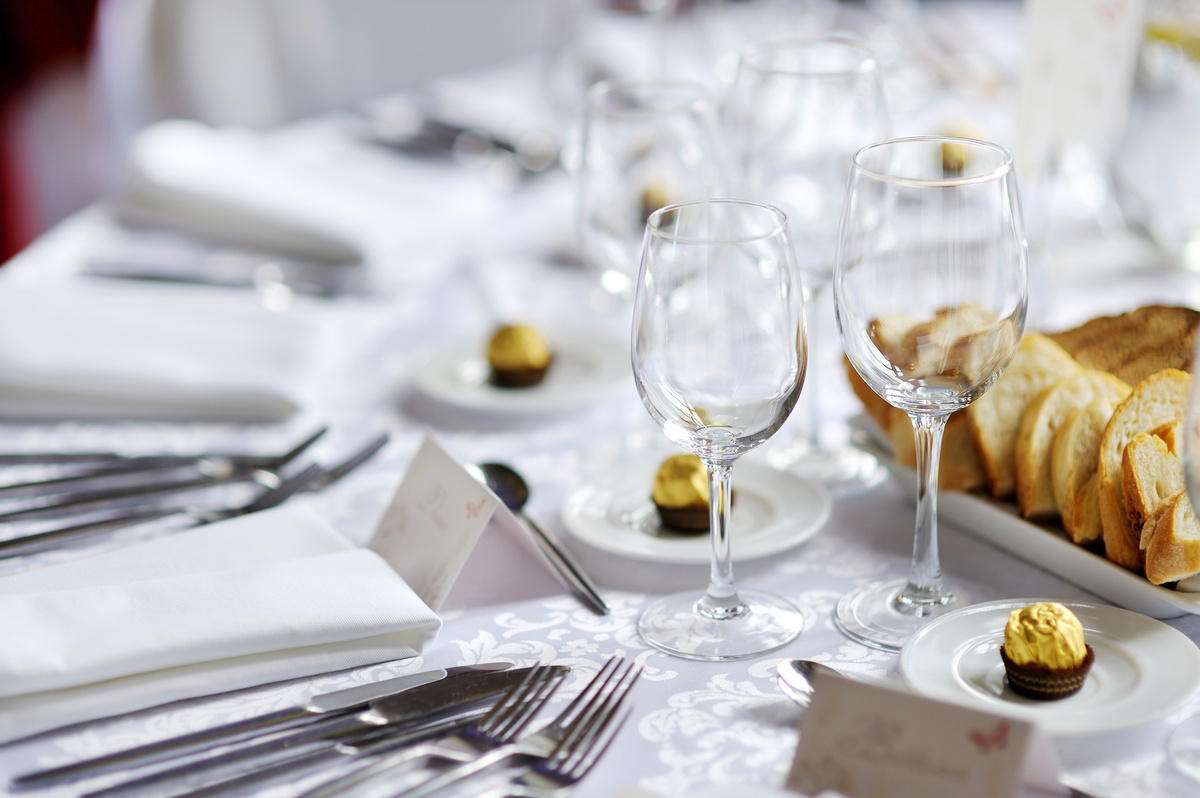

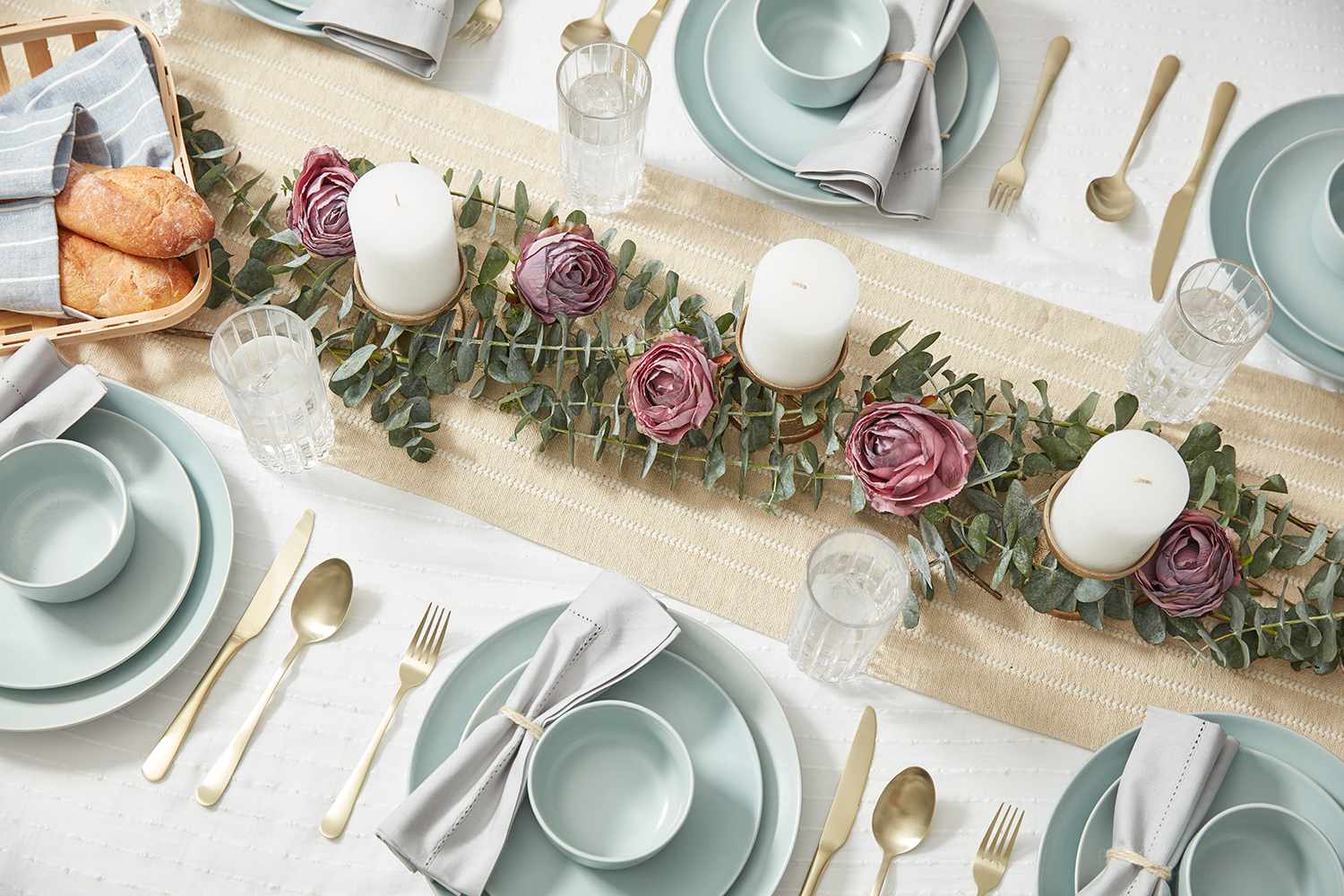
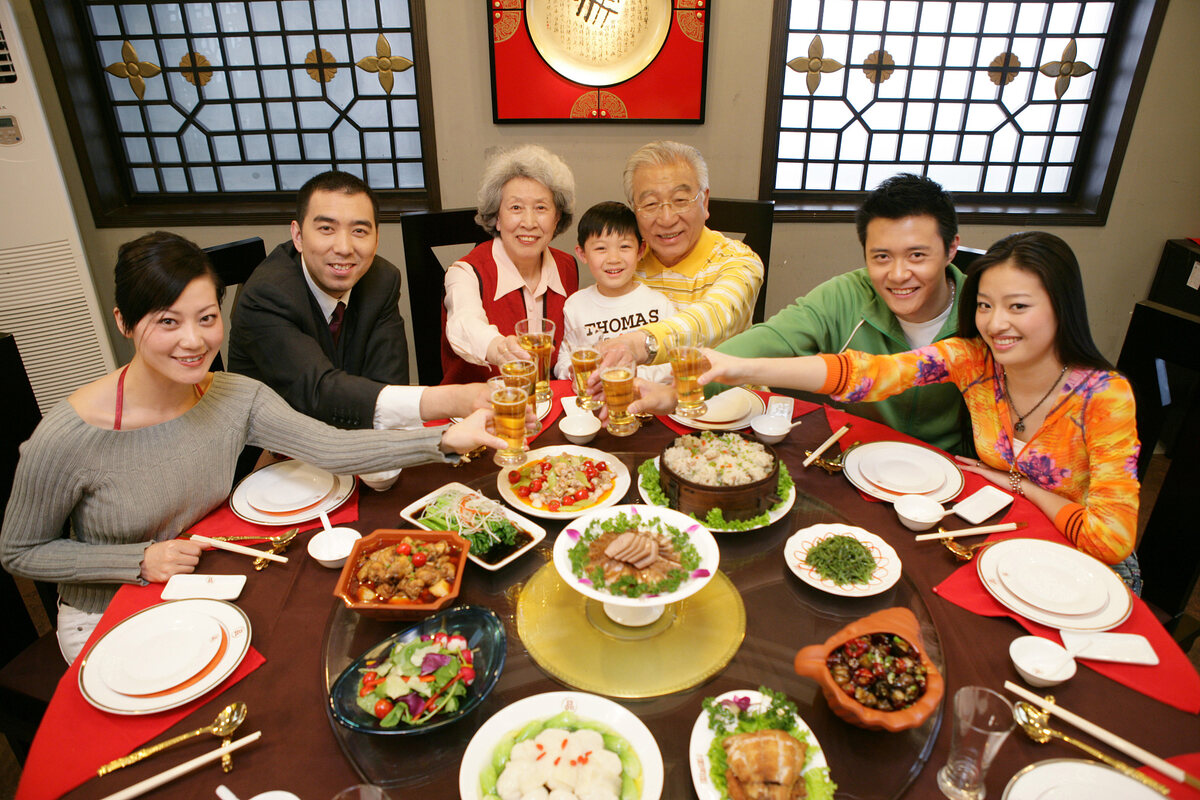
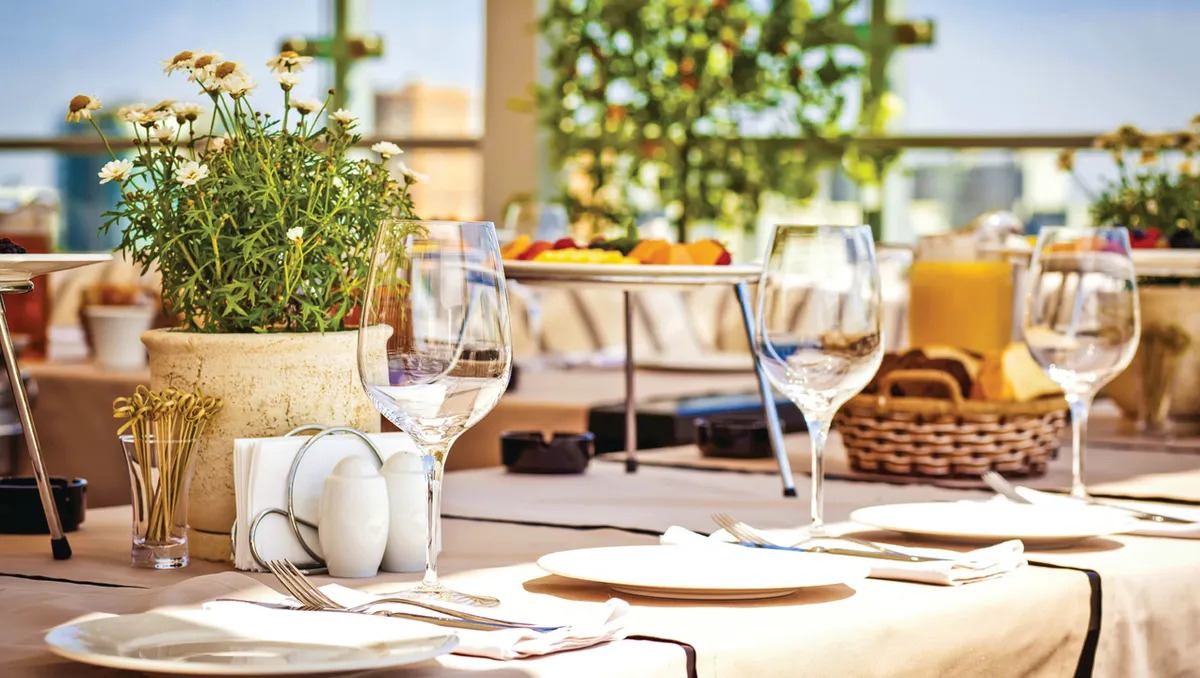
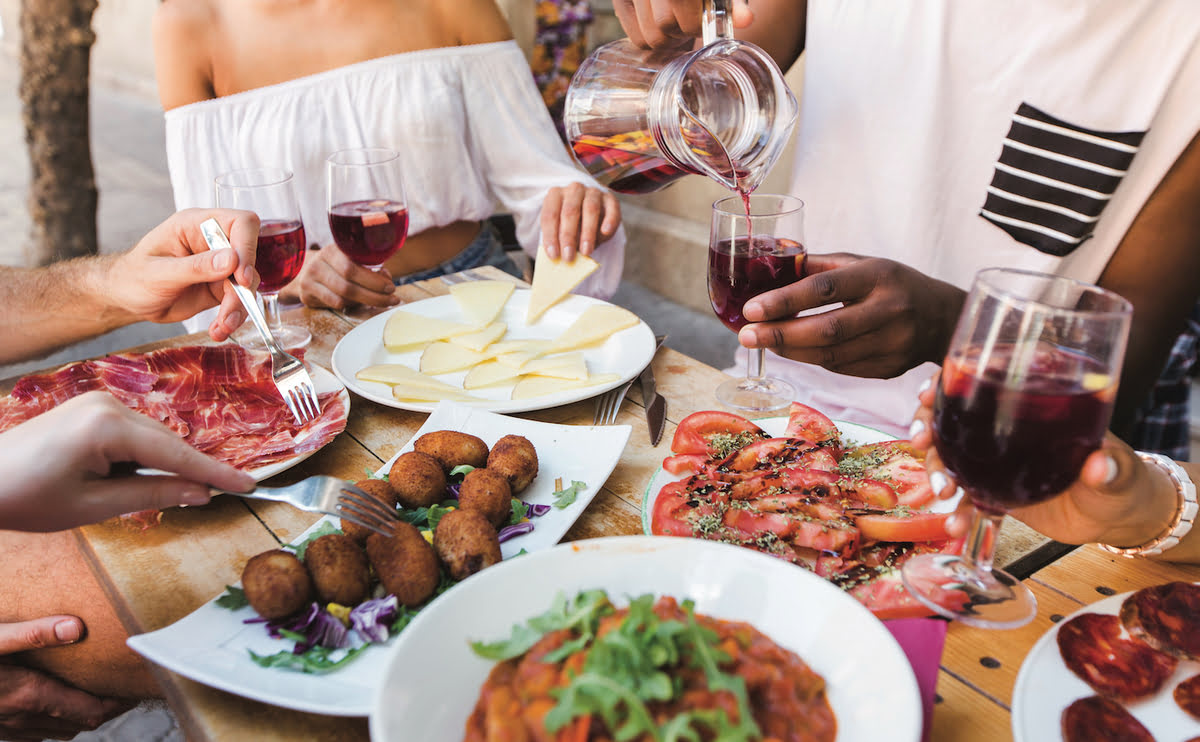
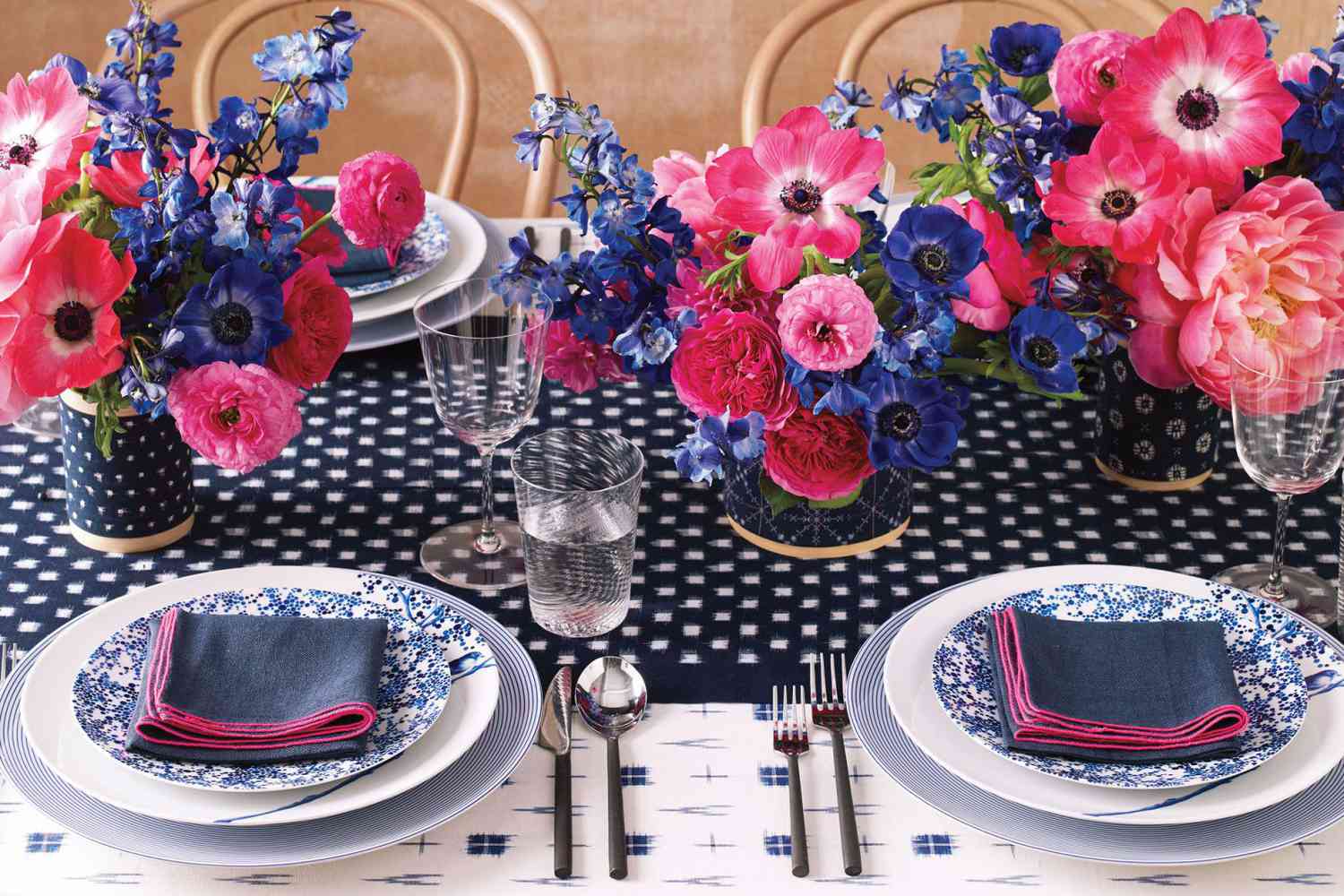

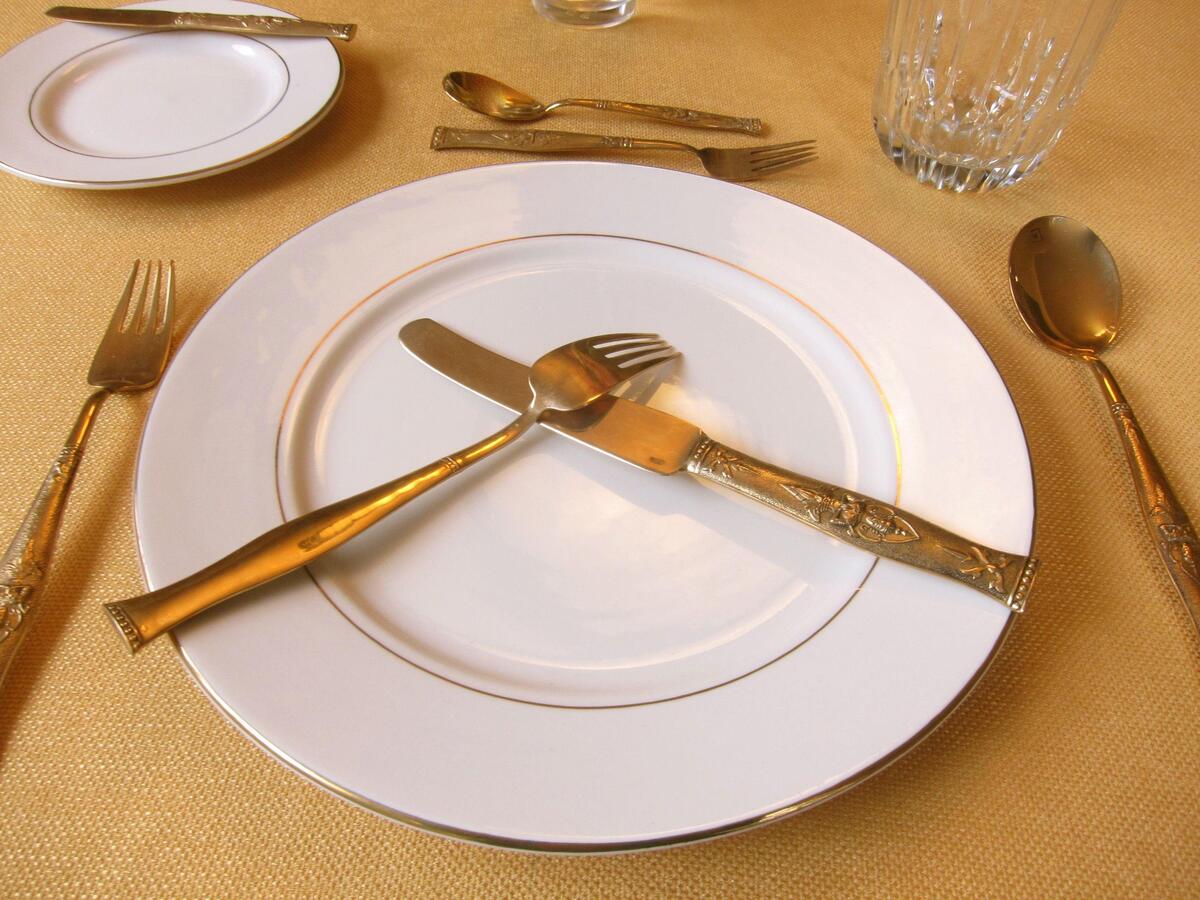

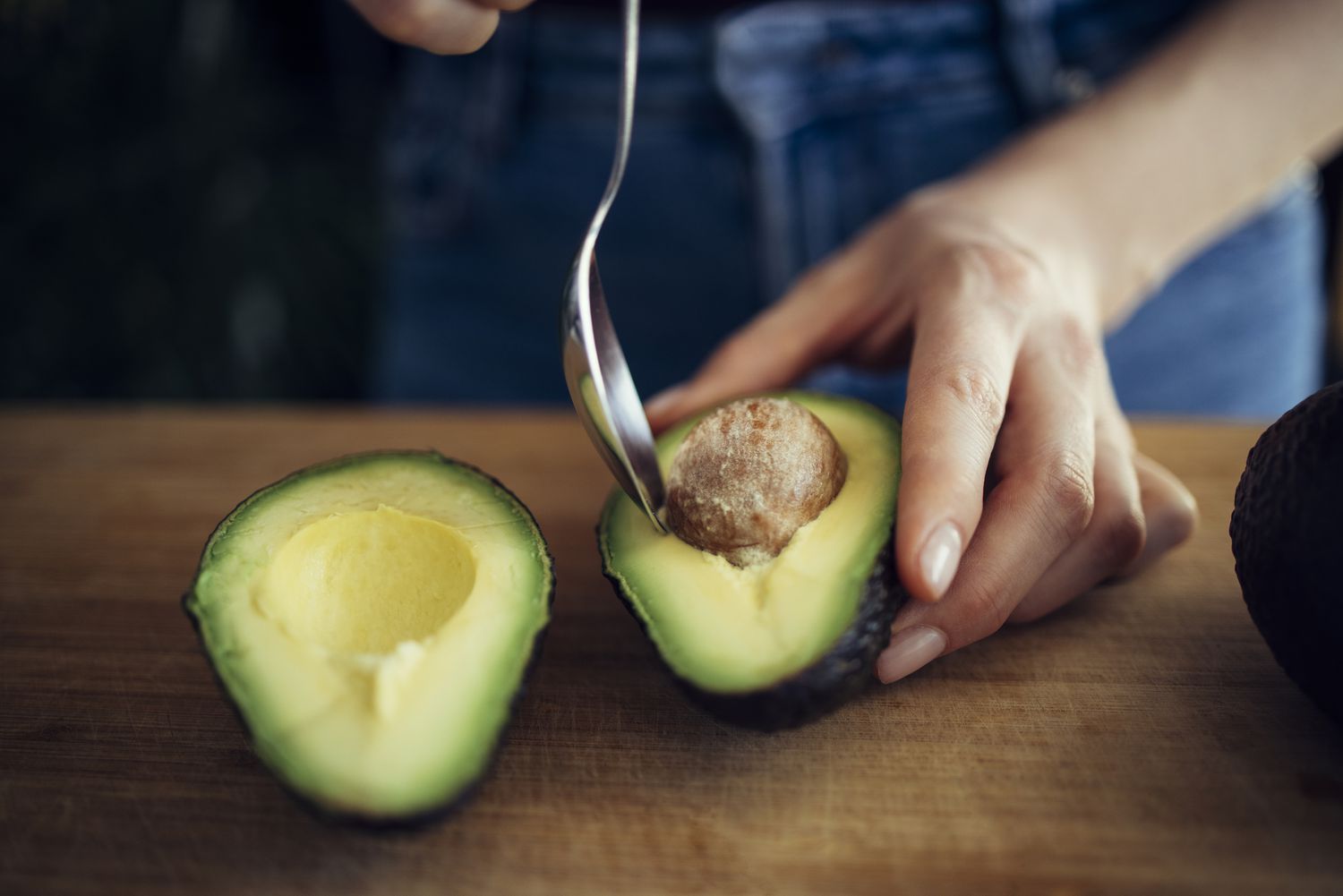
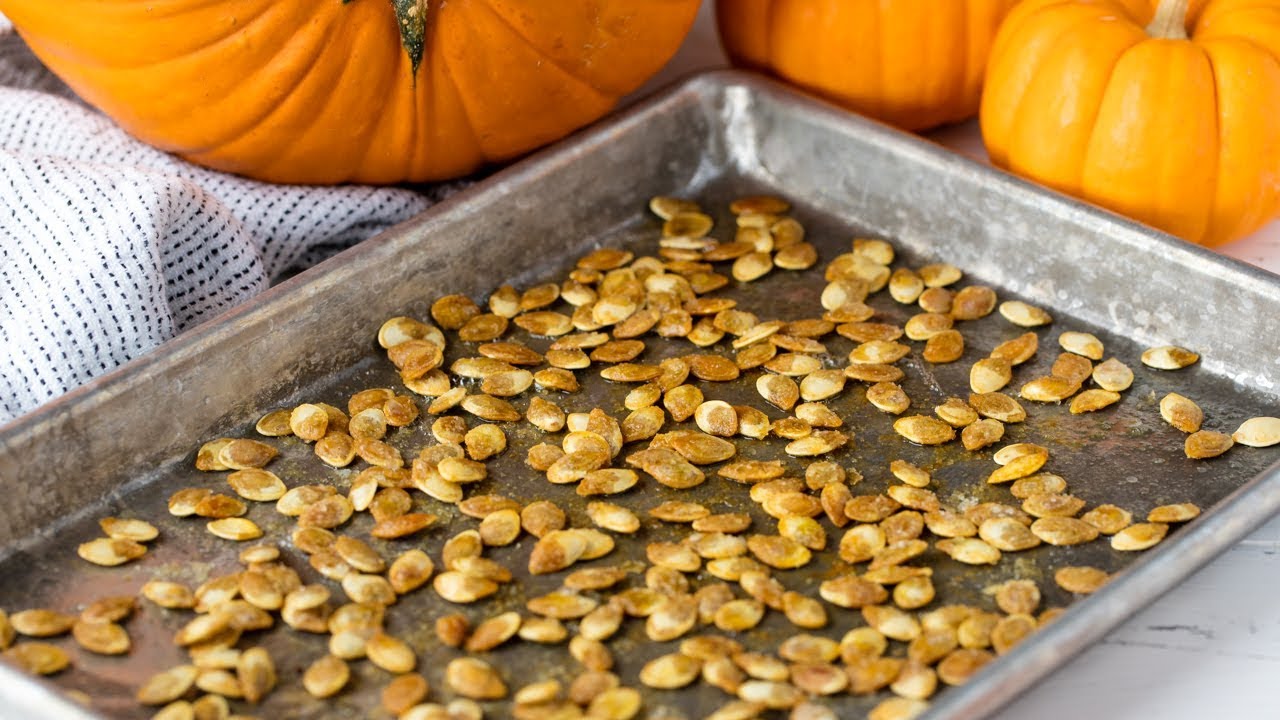
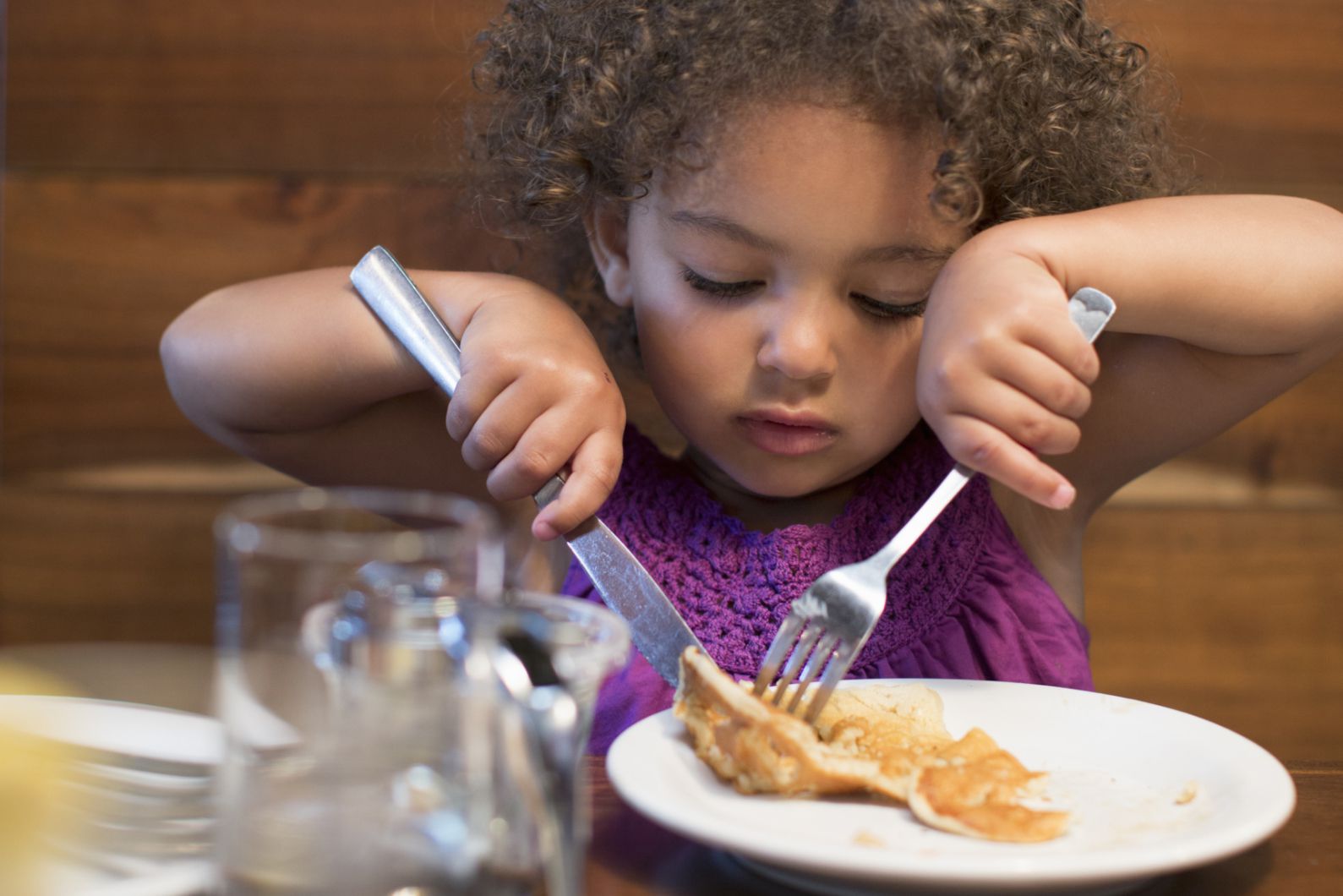


0 thoughts on “In Proper Table Etiquette, Which Hand Do You Eat With?”